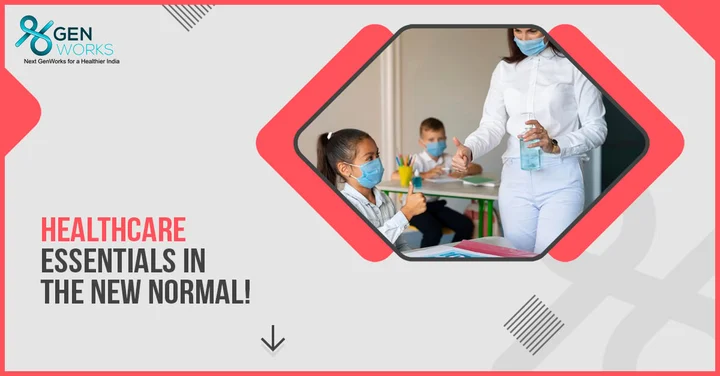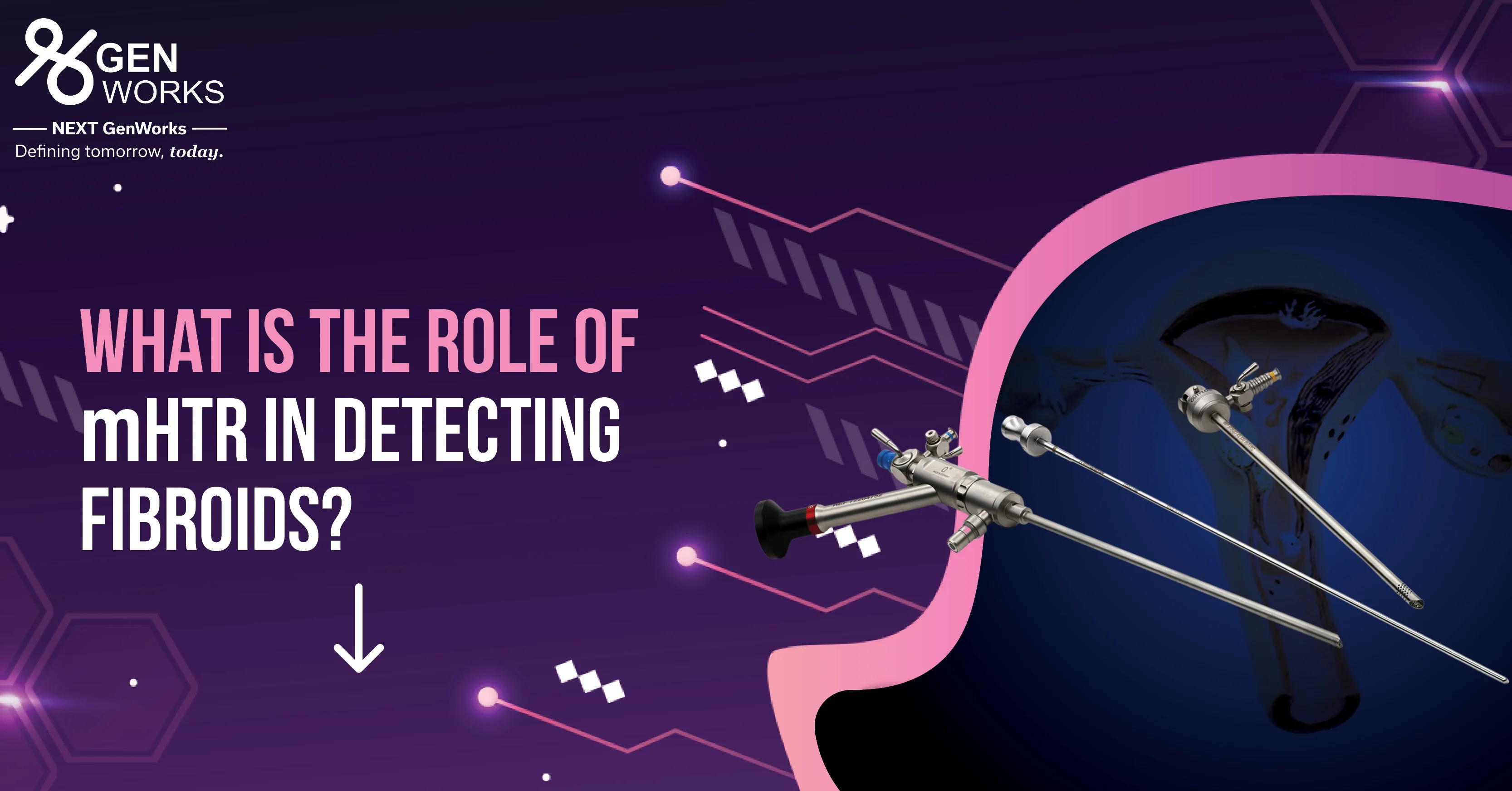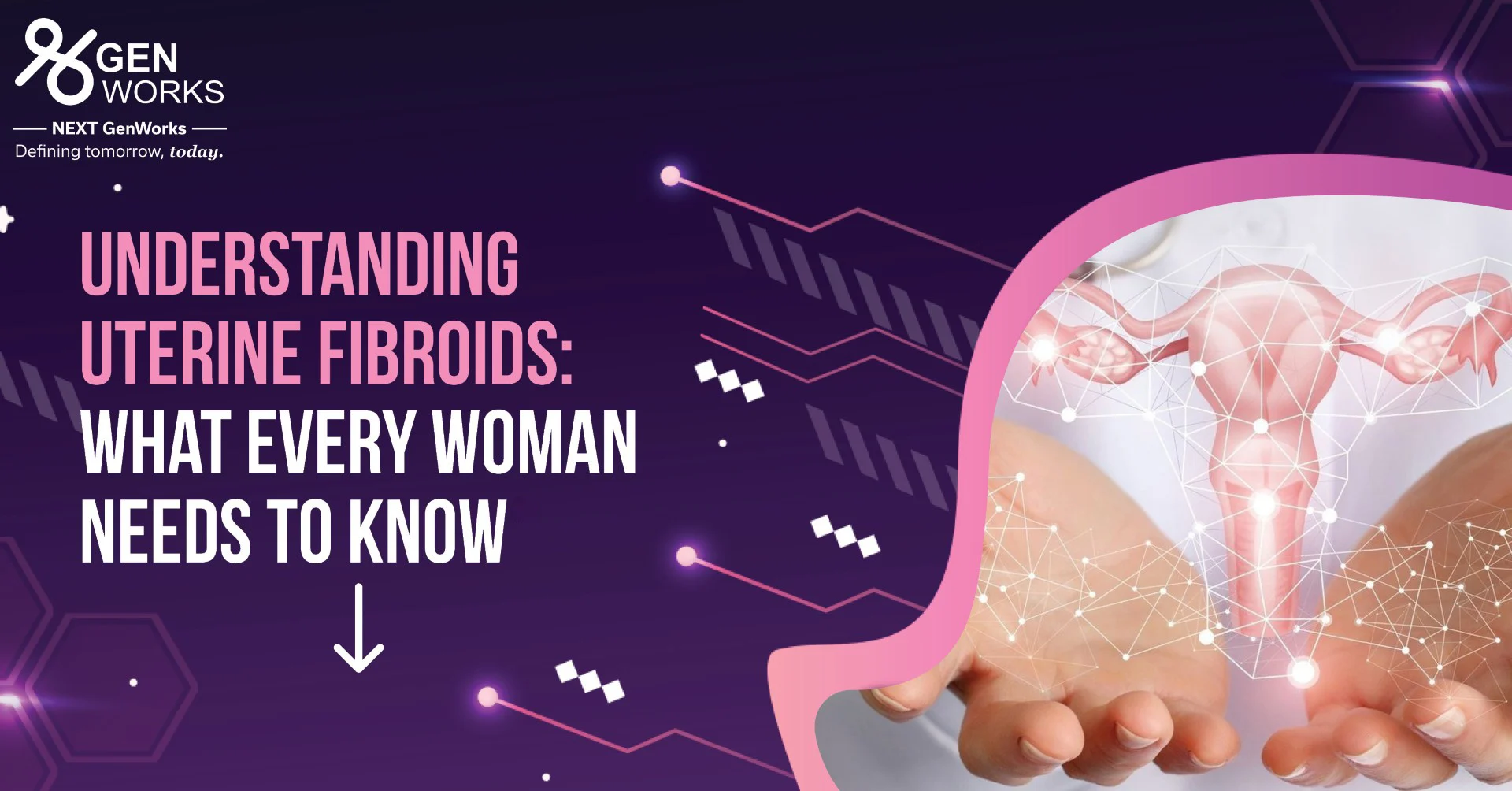Healthcare Essentials in the New Normal

It would be pointless rhetoric to mention the impact that the Covid-19 pandemic that hit India in March 2020 has caused. Suffice it to say that nothing is like it was before. The world is getting accustomed to a New Normal in every facet, but it is in sharp focus in Healthcare.
At the time of writing this article the total number of active Covid-19 cases in India was 9,90,061.These are just the numbers that have made the country neglect and ignore all the other diseases that are a plight in the nation. There are seasonal diseases and chronic ailments that are also ravaging the country and are proving to be fatal when combined with Covid-19. Besides this, are mental health, maternal and neo natal health, substance abuse to name a few more. Are we ready?
We need to scrutinize our current healthcare scenario in more detail to decipher our preparedness adequately. How far have we made inroads into the country in terms of efficiency, access, affordability, and specialist treatment for its people? How wide ranging are our awareness drives on early health care? How far has India awoken to health care vis a vis health cure? What are the essentials of the New Normal? That one is easy to answer -they are no different from what they were in the past and have to only be put into perspective for the current situation by finding solutions to the questions posed.
According to Dr Nagendra Swamy who is the Principal Coordinator of Federation of Healthcare Associations, Karnataka; there are approximately 16,00,000 beds in India out of which 8,00,000 are with the public health sector including government hospitals, armed forces etc. Another 8,00,000 are with organised private sector where the corporate hospitals have 62,000 published beds only and 1,00,000 beds available with large and tertiary care hospitals. Moving to private medical colleges, we have around 2,00,000 beds in this segment. The balance 4,00,000 beds in private healthcare that is virtually handling the common class and serving as the backbone of the Indian healthcare. It still has to up its reach.
Furthermore, there are some more statistics equally un nerving. According to a report on the health buzz platform, with a population of 1.3 billion, India has only 1 million Allopathic doctors to treat them. Over 79% of the urban and 72% of the rural population prefer private hospitals for treatment. This only shows the dire need for competent doctors and efficient healthcare institutions which cannot sprout overnight. The only solution is leveraging technology to fulfil demand.
Now let us look at the productivity angle. With a distorted patient to specialist ratio of one allopathic Government doctor for every 10,200 people, one government hospital bed for 2050 people and one state-run medical centre for 90,343 persons, India needs to get healthcare to the doorstep of people, a process that has begun but still has far to go. Remote tele health is making a big impact and needs a huge shift in acceptance. Genworks’ ReMeDi and others are taking a step in the right direction by providing easy and efficient access to specialist treatment through a click of the phone. The time saved is equivalent to increased productivity of health care personnel. Clearly it is a shift towards technology that can predict and help prevent an event and provide early information as the key.
To some extent this has been made possible by the digitalization of Healthcare in India that began in September 2019.Healthcare market in India is expected to reach US$372 billion by 2022. This process has begun with the country adopting and taking to tele-medication in a big way. It has only to be further scaled to meet the huge demands and gaping gaps in the health sector today.
The healthcare facility at the rural level is shocking. Some of the findings are reported in the ground breaking paper Two India’s: The structure of primary health care markets in rural Indian villages with implications for policy. Some key findings of the paper include:
75% of villages have at least one health care provider and 64% of care is sought in villages with 3 or more providers. Most providers are in the private sector (86%) and, within the private sector, the majority are ‘informal providers' without any formal medical training. Estimates suggest that such informal providers account for 68% of the total provider population in rural India.
These disclosures, coupled with the current situation has made everyone rethink delivery, and clearly the adoption of technology and collaboration is the way going forward. It will make healthcare services available to people across the country and even continents. In this regard a lot of private healthcare industries are focusing on accepting Prime minister Narendra Modi’s announcement of the National Digital Health Mission plan of creating a National Health Id for each individual. GenWorks has created a cloud with the health Id of each person who has approached the Healthcare’s digital platform . The use of AI to extract patient data from electronic medical reports is a great push forward. The maintenance of personal health records of patients can be shared with healthcare personnel when the time arises, thereby improving efficiency.
Our next point in the New Normal has to be affordability. The pandemic has put the huge costs of diagnostic healthcare and treatment into focus. Affordable care has been a big need even before, and in this New Normal an absolute need. Examining the current challenge, let us examine the cost of healthcare in India. The very first monetary hurdle - a test kit - is necessary to ascertain if someone has just a cold or the virus. A test costs about Rs. 4,500 - subsidised by the Indian government - and is free for people with an Ayushman Bharat card. Even so it is costly. Treating a non-critical COVID-19 patient - without ventilators, an ICU - costs an estimated Rs 20,000 to Rs 25,000 per day. Today a patient who is not critical is allowed to isolate himself at home and here is where the digital collaborative platform can bring respite by either providing affordable care at home or providing consultation to care givers at home. Contact tracing &surveillance received a major boost as a preventive measure through digitalization.
According to Dr Ramakanta Panda, Cardiovascular Thoracic Surgeon and Vice Chairman, Asian Heart Institute “In terms of affordability, healthcare is a calamity that throws an afflicted family into the jaws of poverty.” Lowering costs and improving outcomes is only possible if we focus on early health, especially in fatal diseases like Cancer where an early diagnosis is a huge benefit not only monetarily but can impact one’s life. According to WHO, Early diagnosis aims at reducing the proportion of patients who are diagnosed at late stage and are drained of all their resources in treatment.
We have to influence the complete healthcare worker ecosystem starting from Asha workers to nurses, Paramedical staff, Ayush, RMP in addition to the MBBS doctors and specialists to get this process underway. Digital access to a connected eco system for early screening and diagnosis supported by AI and remote consulting platform will help reduce the burden of treating a full-blown disease.
This brings us to the most important aspect of the New Normal which is the ‘Care Cycle’. Typically, in India, health care is used synonymously with diagnosis and treatment, which it is not. Health care covers not merely medical care but also all aspects pro preventive care too. With Medical apps, early screening and the pre- empting of disease is possible. We have to combine care area specialisation and care cycle focus to deliver care. One way to do so would be by Focusing on Care-coordination which reiterates the ideas listed above of co ordinating between all healthcare personnel involved in the treatment of a patient to ensure effective referrals and a trusted network of healthcare providers to ensure a smooth and timely transition of the patient to required care. The cycle of care shouldn’t be about what physicians do, but what patients need. It begins with promotions and awareness, diagnosis, contextual evidence, a doctor patient relationship, treatment, management, rehabilitation to one’s pre illness form, and finally continuity.
Focusing on this care cycle will improve health outcomes and This is the essence of the New Normal.
Citations
https://lumeca.com/the-cycle-of-care/
https://innohealthmagazine.com/2020/trends/analysis-of-challenges-covid-19-on-indian-healthcare-industry/
Health care and equity in India.
Balarajan Y, Selvaraj S, Subramanian SV
Lancet. 2011 Feb 5; 377(9764):505-15.




